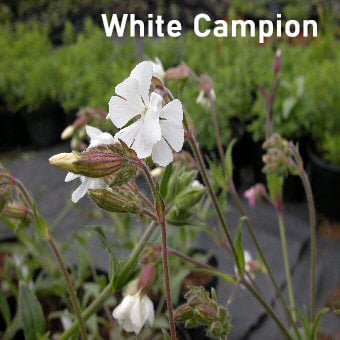Description
Do your bit for nature with these lovely recycled wildflower seeds for butterflies and bees wedding favour! This is one of our most popular products! The packet is made from recycled manilla paper and contains only British wildflower species seeds that bees and butterflies love! The seeds are in a glassine paper sachet (no plastic and foil sachets in our products!) inside the packet and the sowing instructions and seed content are printed on the back. The seed packet measures 9 x 12 cm.
Not getting married for a while? The seeds are viable for a few years so just store them somewhere cool and dry out of direct sunlight if they are not to be used for a while.
What is glassine paper? Glassine paper is an eco-friendly and plastic-free alternative to mass-produced heat-sealed plastic and foil/paper sachets. Unlike those sachets glassine paper can be recycled and is biodegradable. It is also resistant to moisture and will keep the seeds dry in the main packet.
About the Seeds
This is a mix of wildflower seeds that bees are particularly fond of! The seeds are UK species and have been grown in the UK by a reputable seed grower, who is inspected annually by DEFRA and whose seeds are fully traceable. You will get about a gram or so of seeds, enough to create a 1 metre square wildflower patch.
The seeds will grow into Selfheal, Ox-eye Daisy, Lesser Knapweed and White Campion.
Hopefully your guests will want to carry on helping Nature and grow more wildflowers in their gardens!






















